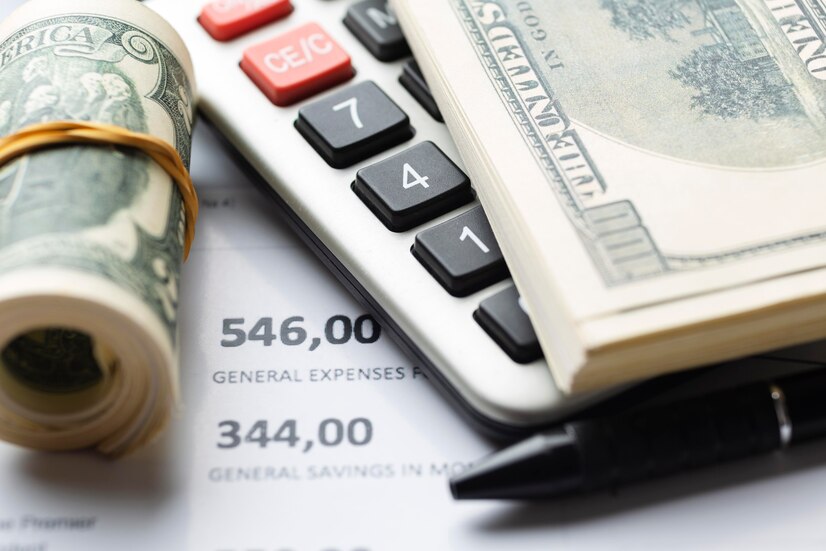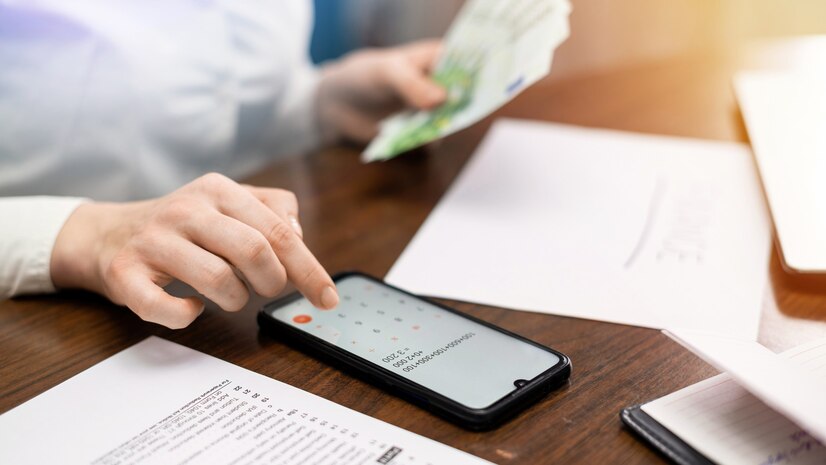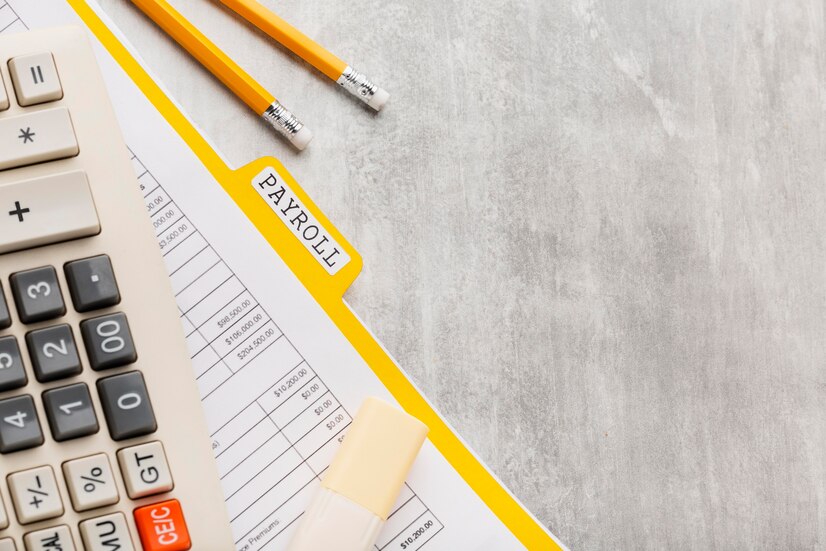Fill out your information, and we'll do the calculations for you
Blog Details
.png)
How to Void a Check Safely for Direct Deposit, Bills or Fixed Mistakes
Why Would You Even Void a Check?
Writing “VOID” on a check might seem like a small thing, but it can serve several useful purposes. It helps others get your banking info without risking a deposit or withdrawal going through.
Here are a few times you might need to do it:
- Direct deposit setup
Employers often ask for a voided check when adding your bank details to their payroll system. - Setting up bills or loan payments
Some service providers use your check to pull account info for automatic payments. Bank of America - Fixing a mistake
If you wrote a check but messed something up, voiding it keeps it from being cashed. - Proving your bank info
Landlords or HR departments might request a voided check to confirm your account is real and usable.
Example:
Alex works as a freelance designer. A new client wanted to pay him by direct deposit. He used a voided check with a paystub to confirm everything matched. That saved time and kept things clean on both sides.
If you are preparing for a new job, pairing your voided check with a paystub is helpful. See our guide on how freelancers can prepare financial documents.
What You Need to Do Step by Step
- Pick a pen that will not fade
Use black or blue ink that cannot be erased. That helps protect the check from fraud. - Write the word VOID clearly
Make the letters large and easy to read. Write across the front from left to right. Leave the bottom numbers showing. PNC Bank - Leave the signature line empty
Do not sign the check. That can confuse people or make it look usable. - Cross out any blank lines
Draw lines through the date, payee, and amount boxes. This prevents anyone from writing over them. - Keep a digital or paper copy
Take a picture or scan the check. Make a note of the check number and when you used it. Huntington Bank - Shred the check if you do not need it
If you are finished with it, do not throw it in the trash. Cut it up or shred it completely so no one can read the account numbers.
Common Things That Can Go Wrong
- Covering the bottom numbers
These numbers are usually what the employer or company needs. Keep them visible. - Using erasable or odd-colored pens
Pencil, red ink, or fading pens are not a safe choice. - Adding your signature
A signed check might be confused with one that should be deposited. - Throwing it out unprotected
Checks can be “washed” and reused. Always destroy them securely.
Is This a Safe Thing To Do?
Yes. Voiding a check the correct way is safe. Just follow the steps above and keep your copy somewhere secure.
The check will be unusable for payment, but still helpful for sharing routing and account details.
No Checks? Here Is What You Can Do Instead
- Ask your bank for a counter check
Banks often print a single check with your info if you do not have a checkbook. - Print a direct deposit form
Many banks have a form online that shows your account and routing numbers. This is often accepted by employers. CIBC - Use your banking app
Some banks let you download or print a sample check from your online account. You can then write “VOID” across that printout.
Also, at PayStubs Planet, you can make paystubs that include deposit info. This can help with payroll or rental applications when a check is not an option.
Already Gave Someone a Check? Here Is What You Should Know
Voiding only works if you still have the check. If someone already has it and it should not be used, you need to block it another way.
In that case, ask your bank to place a stop-payment on the check. This tells them not to let the money go through. The fee is usually between 25 and 35 dollars, and it often lasts six months. Investopedia
Your bank will need the check number, amount, date, and name it was written to. If multiple checks go missing, you might want to open a new account.
Real Example From Someone Who Got It Right
Sara owns a small home decor shop. She wrote a check to pay for supplies, but caught a mistake before mailing it. She wrote VOID across the front, kept a scan, and made out a new one.
She also used a paystub from PayStubs Planet to keep her records straight and share payment proof with her supplier.
A Simpler Way to Handle This With Digital Forms
With tools like PayStubs Planet, you can make a digital paystub that already shows your banking info. For more details, check out our post on how to create a paystub.
That means you do not always need to void a check at all. These files are often accepted for jobs, rentals, or client payments—without the risk of a physical check getting lost.
Common Questions People Ask
Q1: Can I use the same voided check more than once?
No. After sending it, you should not reuse it. Save a copy for your own records and shred the original.
Q2: What if I already signed the check?
That is alright. Just make sure the word VOID is large and visible. Do not use the check again.
Q3: My company asked for banking info but not a check. What should I send?
You can use a bank form or a paystub with your routing and account numbers. CIBC
Q4: How long should I hold on to a voided check?
Keep it until your payment or deposit setup goes through. After that, destroy it and keep only your copy.
Here Is the Takeaway
Voiding a check is simple but should be done with care. Use dark ink, write VOID clearly, do not sign it, and protect your banking info.
If you do not have checks, there are still easy options. Your bank or PayStubs Planet can help you give someone the right account details safely.
If a check is already in someone else’s hands, call your bank and ask them to stop it from being used.





